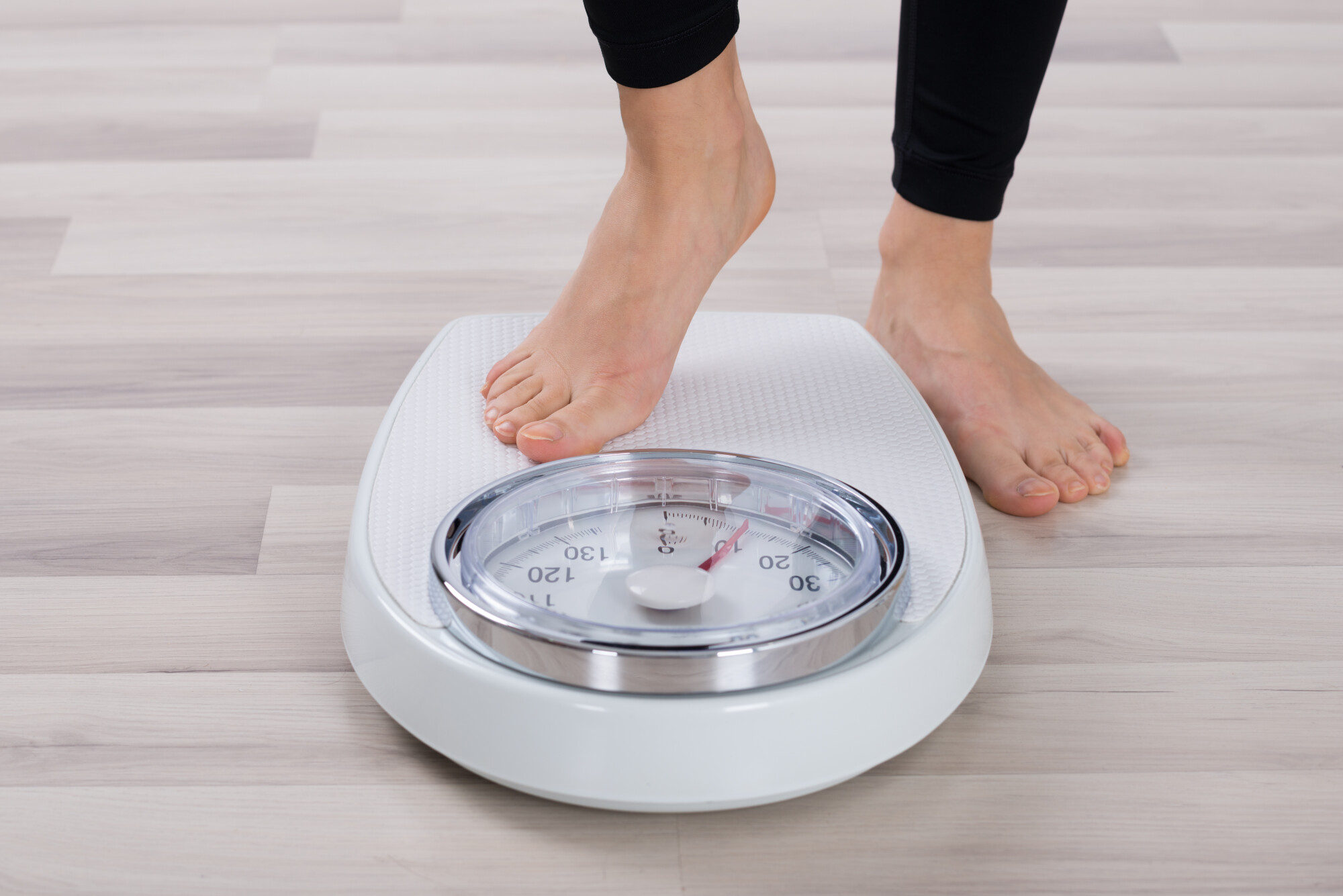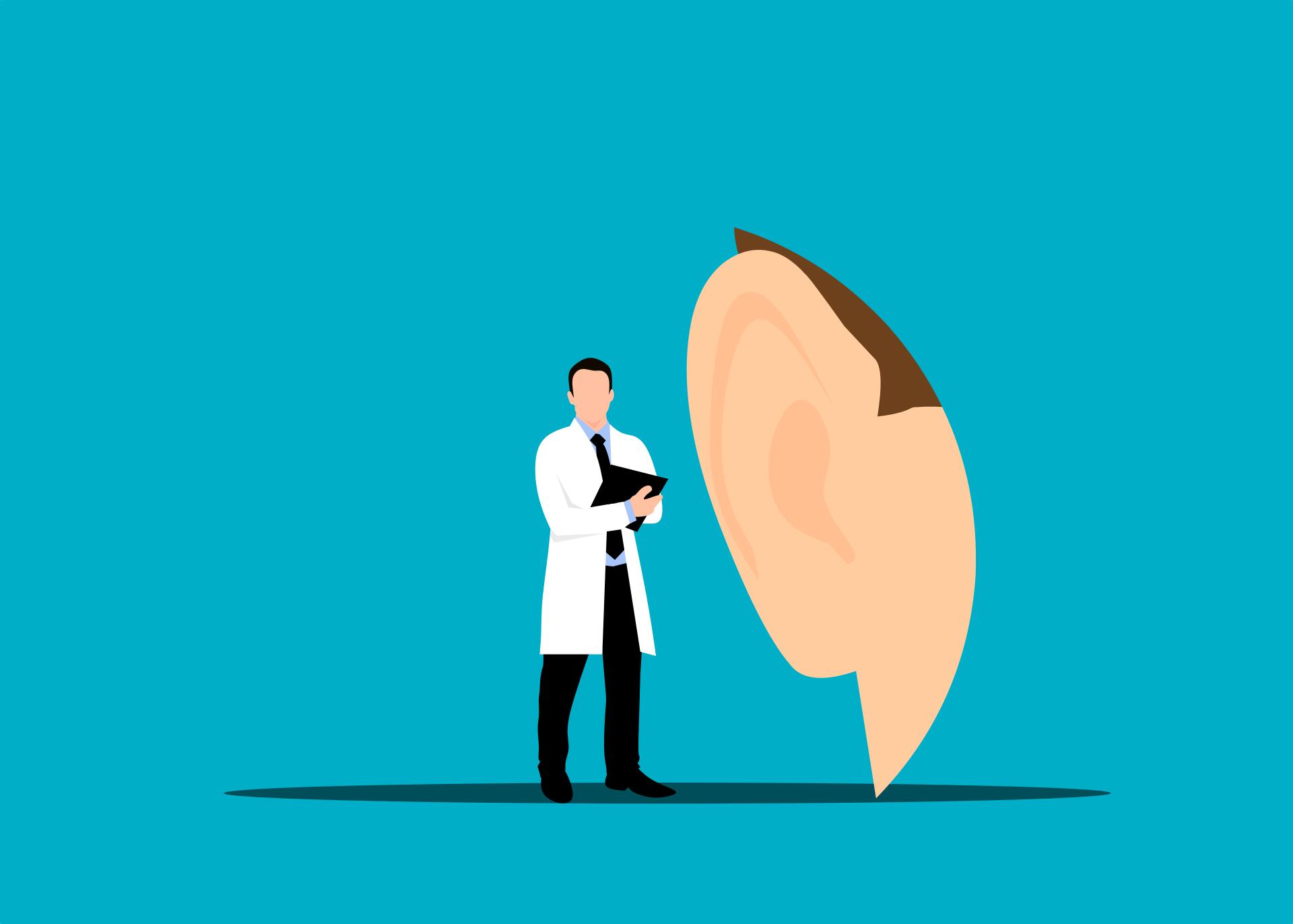
Everything to Consider When Choosing a Weight Loss Diet

According to the World Health Organization, over two million people die each year as a result of obesity. Most of the causes of obesity are preventable.
The best place to start in avoiding this condition is to find a diet plan that helps you meet your overall fitness goals. “Fitness” means more than just exercising. Fitness also means finding a weight loss diet that works for your body and your daily schedule as well.
Learn more here on everything to consider before starting a diet so that you’ll know that your food plan will help you meet your overall weight loss goals.
What’s the Definition of Fat?
Did you know that there are different types of fat? Some of them are healthy and some of them aren’t.
Certain types of “fat” are beneficial. It’s common to think that someone who has a bulging belly might be called “overweight”. In truth, that “belly fat” could be good for your health.
Everyone has fat surrounding their internal organs as well as below their skin surface. There are two different layers of body fat. These layers are called the subcutaneous and visceral and subcutaneous layers.
Subcutaneous and Visceral Fat
Subcutaneous layer tissue lies underneath your skin and safeguards your bones and muscles, especially if you trip and fall. This fat layer also lets your nerves and blood vessels move over your muscles to your skin’s dermis layer.
Doctors use magnetic imaging to examine a detailed picture of these tissue layers. They will also use a CT or CAT scan to create a cross-sectional image of your body that helps them examine your fat tissue levels.
They also use a caliper tool to measure your fat layers that lie underneath your muscles. You can measure this subcutaneous fat level yourself with your tape measure.
Measure your waistline at your belly button or mid-range level, right above your hips. Female adults that have a thirty-seven-inch measurement and male adults that have a forty-inch measurement are all signs of too much visceral fat.
Visceral fat is the tissue layer located inside your stomach. Visceral fat surrounds all your internal organs, like your heart, intestines, and liver.
It’s common for people to have a high level of fat surrounding their internal organs that no one can see. These people are called “skinny fat.”
The term “skinny fat” refers to someone who looks slim on the outside. However, they may have a high level of hard fat on the inside. These people are just as prone to similar health problems that overweight people have.
Visceral fat levels are often misdiagnosed. Sometimes you have a visceral fat tissue layer hiding underneath your muscle. The best way to diagnose any hard fat levels is to talk to a doctor.
Types of Diets
Here are just a few of some common types of diets recognized today. Study them closely before starting a diet plan to find the one that’s right for you. Some of these popular diet plans promise fast and easy weight loss:
Vegetarian Diet
Vegetarian dieters won’t eat poultry, meat, or fish. Their primary food sources are vegetables, fruits, grains, and nuts. Many vegetarians also remove dairy and eggs from their menu as well.
You’ll see varying levels of vegetarianism in today’s world. These levels indicate what combination of vegetables/poultry/and meat are best for someone’s daily diet.
Keto Diet
Keto or ketogenic diets include high fat, low carb, and moderate protein levels. Keto diets are designed to help the body burn fat more effectively.
Keto diets are effective at reducing hunger, shedding excess body fat, and improving metabolic syndromes.
Low Fat Diet
A low-fat diet plan means eating less than 30 percent of your daily calories from saturated fats. When someone is on a low-fat diet, they’re most likely to eat nothing but leafy greens, fruit, and legumes.
Meal Replacement Diet
Meal replacement diets include bars, soups, and drinks, that replace a regular meal. Meal replacement diets provide between 200 and 250 calories per serving. A meal replacement product tends to be enriched with 20 additional vitamins and minerals.
High-Protein Diet
A high-protein diet includes what its name implies. Dieters eat large amounts of scarce carbohydrates and sources of protein.
High-protein diets include eating meat, fish, and beans. Dieters benefit from these high-protein diets when they reduce their carbohydrate consumption and cut down on eating white pasta, bread, and rice.
Other Considerations to Factor
If you’re ready to start your new daily meal plan, consider these additional factors. They could influence which diet plan will most likely work best for you:
Current Health Status
Visit your doctor to determine if you have any outstanding health concerns that could help or harm your new daily meal plan. Your doctor might recommend a certain diet that works better for women and another diet that works better for men.
Current Food Prep Schedule
A busy schedule is a great way to sabotage a new diet plan if you don’t have time to prepare healthy meals. Making a meal ahead of time will help you stay on track with your new weight loss diet. Food helps you lose weight if you eat a nutritionally balanced meal that burns off fat.
Budget
Figure out if you have the funds to handle this new diet plan investment. Meal replacement plans, for example, require dieters to buy their pre-made food rather than cook their own.
Evaluate your budget carefully so that you’ll find a weight loss diet that’s affordable for you. Be sure to look for diet plan discounts that can help lower these costs.
Which Weight Loss Diet Looks Best For You?
It’s time to beat “the battle of the bulge!” Start your new weight loss diet for a healthier you.
Visit your doctor to find out if you have a preexisting medical condition that would influence which diet plan you choose. When you have your new meal plan in place, prepare a few meals in advance for those times when your daily schedule is too hectic to cook.
Head over to our website for more information on dieting and diet products. At Kiwi Drug, your health is our responsibility.
Related Posts


